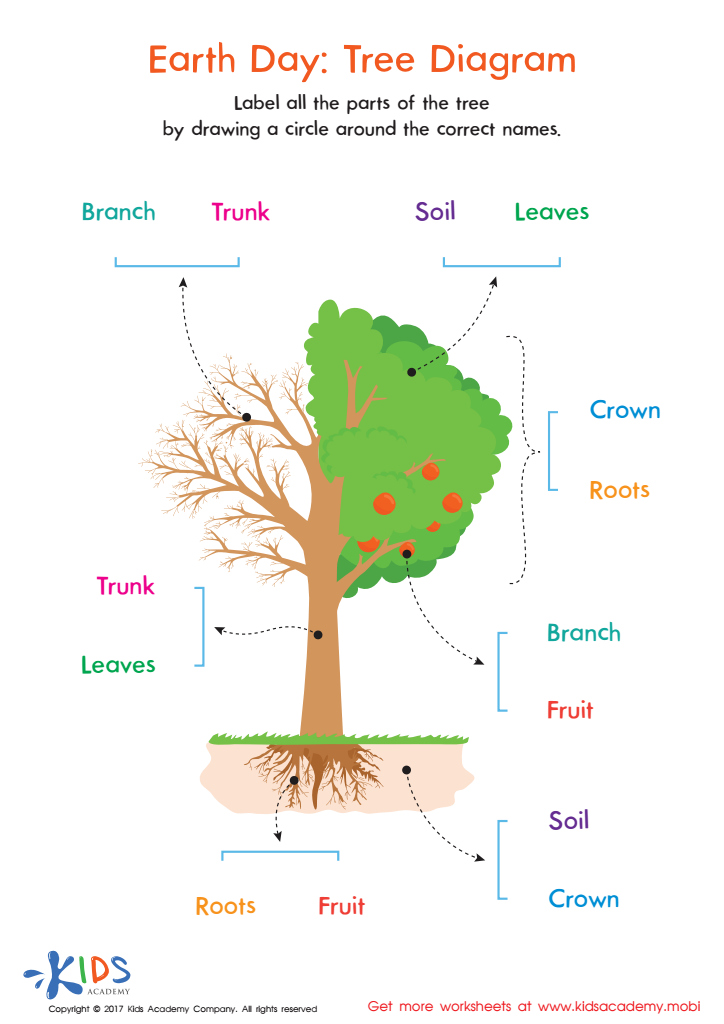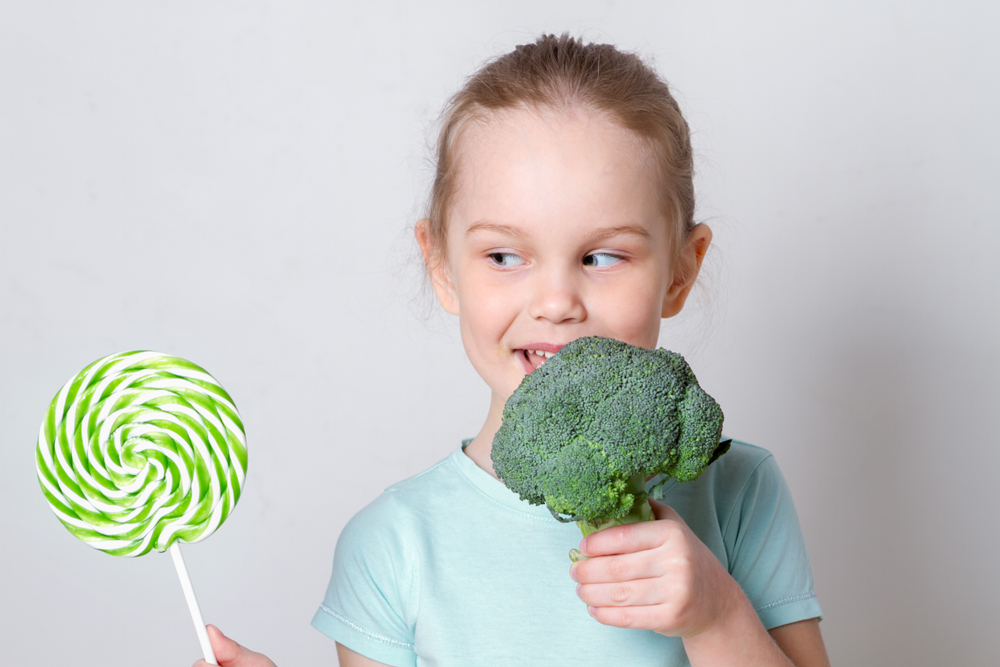Normal Plants and Animals Worksheets for Ages 3-9
12 filtered results
-
From - To
Explore our engaging "Normal Plants and Animals Worksheets" designed for children ages 3-9! These worksheets help young learners discover the fascinating world of flora and fauna while enhancing their critical thinking and observation skills. Each interactive activity promotes environmental awareness, challenges creativity, and encourages curiosity about nature. From identifying plants and animals to understanding their habitats, our worksheets provide a fun and educational experience for every child. Ideal for homeschooling, classroom activities, and enriching playtime, these resources support foundational learning in an enjoyable way. Dive into the wonders of nature and ignite your child's love for the world around them!


Mammals and Reptiles Worksheet


Where Do They Grow Worksheet


Matching Types of Leaves Printable


African Wildlife: Giraffe Worksheet


Earth Day: Tree Diagram Worksheet




Life Cycle of a Plant Worksheet


Identifying Living or Non–living Worksheet


Arctic Animals Worksheet


Life Cycle of Butterfly Printable
Understanding normal plants and animals is crucial for children aged 3-9 as it lays the foundation for their relationship with nature and the environment. At this stage, children are naturally curious and eager to explore the world around them. By introducing them to the basics of plant and animal life, parents and teachers can foster a love for nature, encouraging outdoor play and exploration.
Learning about normal plants and animals helps children develop essential skills, such as observation, categorization, and reasoning. These concepts enhance their cognitive abilities, supporting their overall educational journey. Teaching them about local flora and fauna can instill environmental awareness and responsibility, helping children understand the importance of biodiversity and conservation.
Additionally, learning about plants and animals can improve children's communication and social skills. Engaging in discussions about nature can facilitate collaborative learning and teamwork in settings like classrooms or playgroups.
Finally, connecting with nature has numerous mental health benefits. Spending time outdoors and learning about the environment promotes physical activity and reduces stress, contributing to well-rounded development. Overall, educators and parents should prioritize nature education as a vital component of holistic child development, essential for nurturing responsible, informed future citizens.
 Assign to My Students
Assign to My Students

















